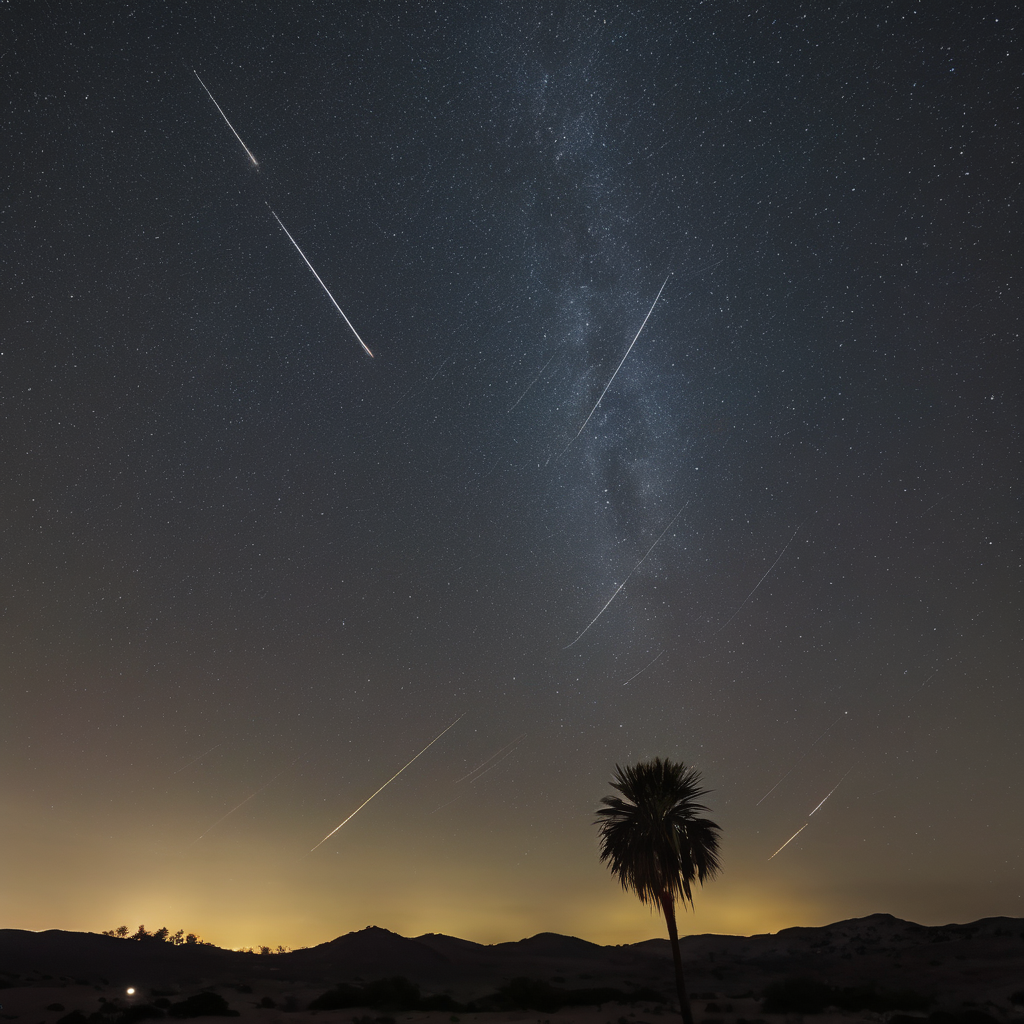The Orionid Meteor Shower is set to peak from October 21 to 23, 2025, offering skywatchers a remarkable opportunity to witness this celestial event under ideal conditions. As Earth travels through the debris stream of Halley’s Comet, the annual shower is anticipated to produce 15 to 20 meteors per hour at peak times—if conditions allow. Historically, there have been occasions of increased meteor activity, but no such surges are expected this year.
The prime viewing hours for the Orionids will begin after 10 p.m. local time when the radiant—the point from which the meteors appear to originate—rises in the eastern sky. The best chance to catch a glimpse of these swift meteors will be between 1 a.m. and dawn, as this is when the radiant is elevated to over 30 degrees above the horizon.
This year promises to be an exceptional experience for observers, as the new moon on October 21 will facilitate dark skies, minimizing lunar interference during the early morning hours. The main obstacles to viewing will depend on local weather conditions and light pollution from urban areas. Fortunately, the Orionid activity remains strong for about a week surrounding the peak dates, allowing ample opportunities for those whose initial attempts might be hampered by cloudy skies.
To optimize meteor viewing, it is advisable to find a safe, dark locale away from city lights. A comfortable reclining chair positioned facing south can provide an excellent vantage point. Observers are encouraged to focus their gaze about halfway up from the horizon, as this region boasts the highest likelihood of spotting meteors. Alongside the Orionids, viewers may also catch sight of slower Taurid meteors and quicker ones from the Gemini and Leo Minor constellations, although these contribute fewer meteors per hour.
Additionally, those interested in contributing to scientific research can become citizen scientists by meticulously recording their observations. This involves noting the association of each meteor with its shower and identifying the faintest star visible in their vicinity. Resources such as the International Meteor Organization (IMO) provide detailed guides for visual observations and a platform for sharing data globally.
In conclusion, the 2025 Orionid Meteor Shower, coinciding with ideal viewing conditions, presents an enticing opportunity for both casual enthusiasts and serious observers. With Halley’s ancient cosmic debris lighting up the night sky, clear skies will enhance this breathtaking spectacle.
